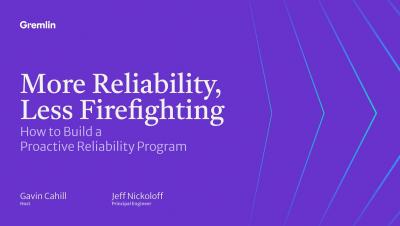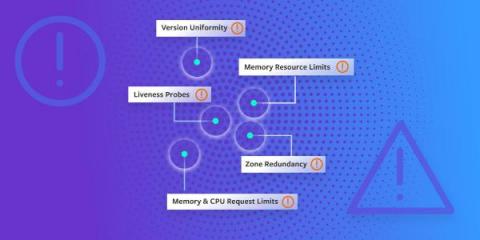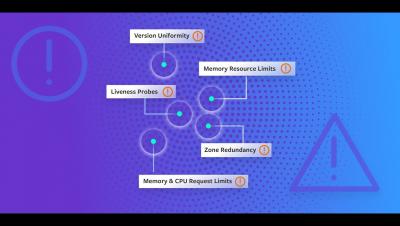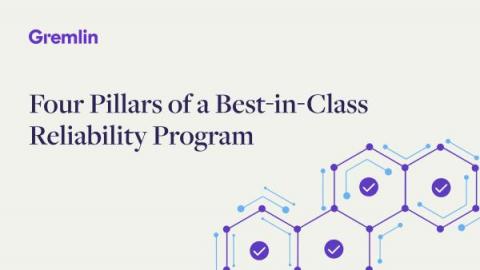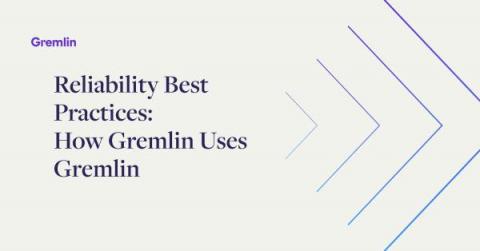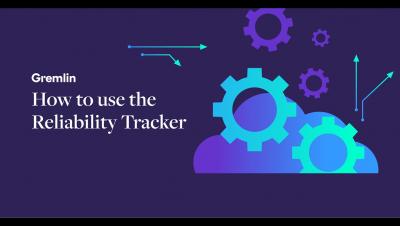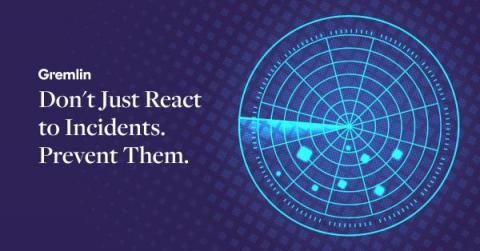Operations | Monitoring | ITSM | DevOps | Cloud
Gremlin
Introducing Detected Risks
We're excited to introduce a new enhancement to help teams build more reliable software: Detected Risks. Available today, Detected Risks helps you find and fix the most common causes of infrastructure outages and incidents in minutes—without running Chaos Engineering experiments or reliability tests.
How Detected Risks helps you find reliability risks in minutes-without running any tests
Four Pillars of a Best-in-Class Reliability Program
Reliability impacts every organization, whether you plan for it or not. Leading companies take matters into their own hands and get ahead of incidents by building reliability programs. But since many of these programs are still nascent, how do you know what good looks like? Of course, the right tools and technology that can enable your team to uncover reliability risks before they impact users play an important role. But improving reliability goes beyond technology.
Announcing the Gremlin Enterprise Chaos Engineering Certification (GECEC) program
We knew Chaos Engineering was in high demand when we first launched the Gremlin certifications in 2021. But we had no idea our Chaos Engineering certification programs would be such a success. There’s a reason: the market is looking for professionals who know how to wield Chaos Engineering well, and Gremlin's certification has become the gold-standard to learn the principles of Chaos Engineering and demonstrate proficiency.
Reliability Best Practices: How Gremlin Uses Gremlin
Ensuring software availability is essential for any SaaS company—including Gremlin. To do that, our teams need to identify the reliability risks hiding in our systems. That’s why our development, platform, and SRE teams use Gremlin regularly to perform Chaos Engineering experiments, run reliability tests, and track the reliability of our systems against our standards. Along the way they’ve picked up a thing or two about how to find and fix reliability risks with Gremlin.
How to use the reliability tracker spreadsheet
How to Show Reliability Results to Your Organization
Building momentum for a reliability program can be tough. Improving reliability takes time, effort, and resources. But when everything from launching new features to improving security demands those same resources, it can be a struggle to get the buy-in you need to address reliability risks. And it makes sense! If a team spends time patching a known security bug or creating a new feature, they have a clear demonstration of the value created.
Don't Just React to Incidents-Prevent Them
Incident response has been the cornerstone of reliability for decades. From digging in the server logs to navigating modern observability dashboards, responding quickly to incidents and outages is a big part of minimizing downtime. And it should be! When something breaks, your team should move as quickly as possible to address and repair the problem.
Chaos Engineering Tools: Myth vs Fact
With so many Chaos Engineering tools available, it’s no surprise that SRE and platform leaders are doing their homework when choosing a platform to help them build and scale their Chaos Engineering programs. But like anything else you can research on the internet, there’s a lot of noise and hype that you need to wade through. Gremlin works with Reliability Engineering teams at hundreds of companies with the most sensitive workloads—and has since 2016.


